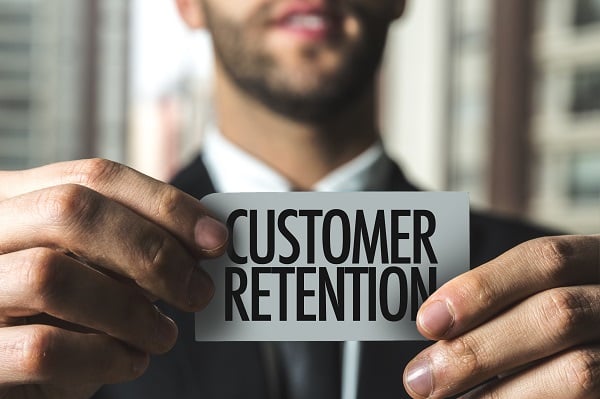Websites: Most businesses have them, but few are getting the most out of them. Are you one of them?
As a business owner, it can be difficult to determine what your website is there to do and who it’s really for.
Is its purpose to generate leads, increase sales, tell your brand’s story - or something else?
Here’s how you understand what your website is for and what it needs to do in four simple steps.
Establish who your website is for and what you want visitors to do
Every business needs a website.
But what many business owners tend to overlook is who the site is for and what you want them to do.
Who the website is for?
When it comes to the ‘who’ - keep in mind that your website isn’t just for you or your marketing department. It’s an external-facing entity, and should be built around its visitors.
So, consider who’s already using your site as well as who you want to attract. Think about who these individuals are, their priorities and their needs. And look to build a website that supports them in achieving their goals.
Do you have multiple customer segments? You’ll also need to ensure your site supports each of your target audiences.
What you want them to do?
Most B2B websites have one of three purposes:
- Generate leads for your sales team to convert - this purpose is suited to businesses with a ‘hands-on’ sales process
- Drive eCommerce sales - this purpose is suited to businesses that do ‘self-serve’ sales via an eCommerce platform
- Tell your brand story - this purpose is suited to businesses that would like to educate their audience. Although, the risk here is that your website is less likely to deliver an obvious ROI
Whatever purpose works best, make sure that your value proposition is clearly defined and well-communicated on your website. A common mistake is to spend lots of time defining your value proposition and brand narrative, only for your website to say something completely different.
Another common mistake is to try to cover so much ground that your prospective customers are confused about what it is you actually do - so, hone in on your purpose and focus your efforts.
If your value proposition could do with some work, here’s a useful guide that might help.
Once you’re set on your purpose, you’ll need to figure out how you’re going to measure success. And how you do that will largely depend on your objectives.
Figure out which metrics are most relevant to your success and set goals to measure these.
For example, if your website purpose is lead generation, then consider measuring:
- Website traffic and how visitors engage with your site
- How many new contacts you receive
- Conversion rate
- Number of marketing-qualified leads
- Number of sales-qualified leads
Whereas if your purpose is eCommerce, then you might want to measure:
- Website traffic and how your visitors engage with you
- Total sales
- Visit to order ratio
- Number of users abandoning carts before purchase
Lastly, if your purpose is to build your brand story, you should measure:
- Total visits
- Pageviews
- Average time on page
- Bounce rate
- Return visits versus new visits
Get more support on setting and sticking to marketing goals.
Build and continuously revise your website
Once you’ve defined your website’s purpose, set your goals and planned out your key metrics for success, the next step is to put all that into action - either by making changes to your website or building a new one.
But what’s important to remember is that - like many things in business - successful websites are rarely finished products. Instead, they’re ongoing projects that are continuously being tweaked and fine-tuned to improve performance.
So, while you should continuously monitor your metrics on key pages such as your homepage, product pages, and landing pages, you should also continuously look for any changes you can make to improve those metrics and boost performance over time.
Additional metrics to consider
Metrics like page load speed, bounce rates and mobile performance can all indicate the quality and overall health of your website. They’re not only essential for things like SEO, but also for a great user experience.
How many users are likely to stick around and engage with a slow-loading page that isn’t optimised for the device they’re using?
And remember: if you’re making big changes to your website, make sure you’ve answered these 24 questions first.
Could you do with a second opinion?
It can be difficult to know where to start when you’re about to undertake a website overhaul - but that’s where we can help.
Working with one of our experienced Marketing Directors can give you the insight, guidance, and direction you need to get the most out of your website. They can help you define your website purpose, set key metrics, improve performance, and more.
If you’re looking for expert guidance on how to best optimise your website, feel free to reach out any time.






